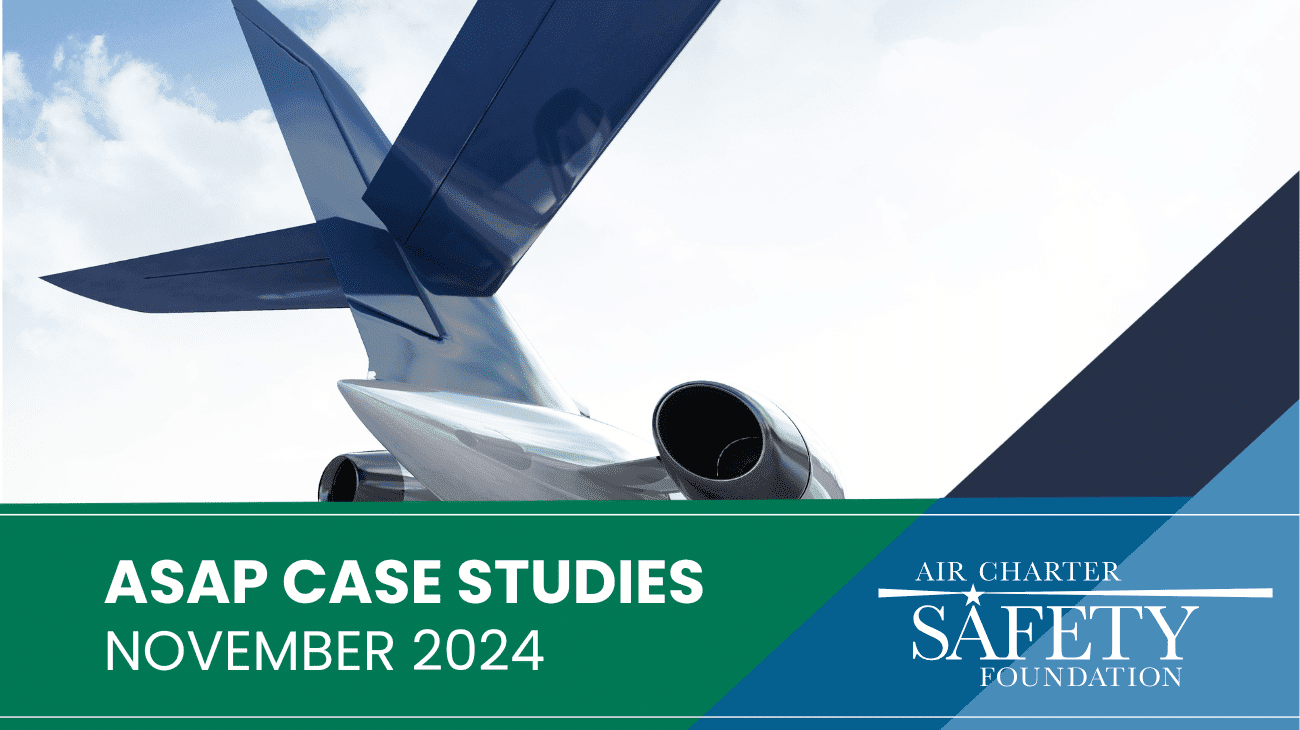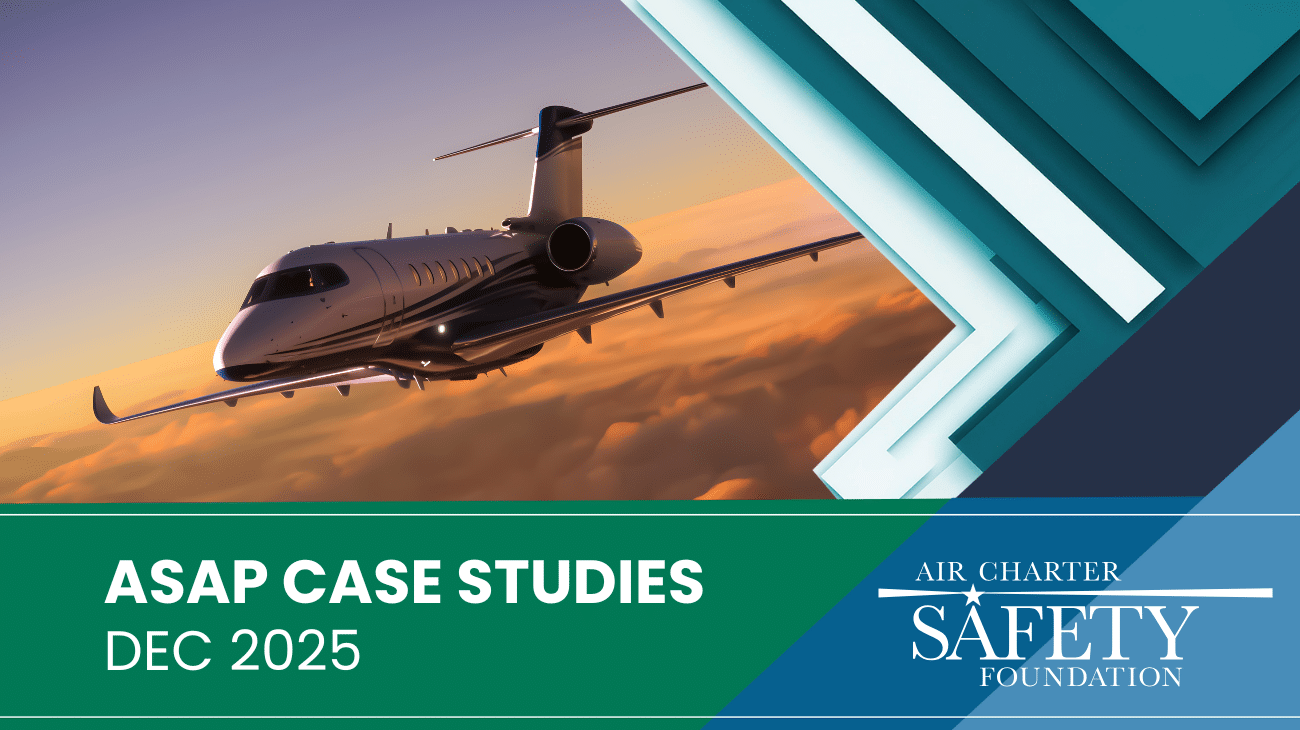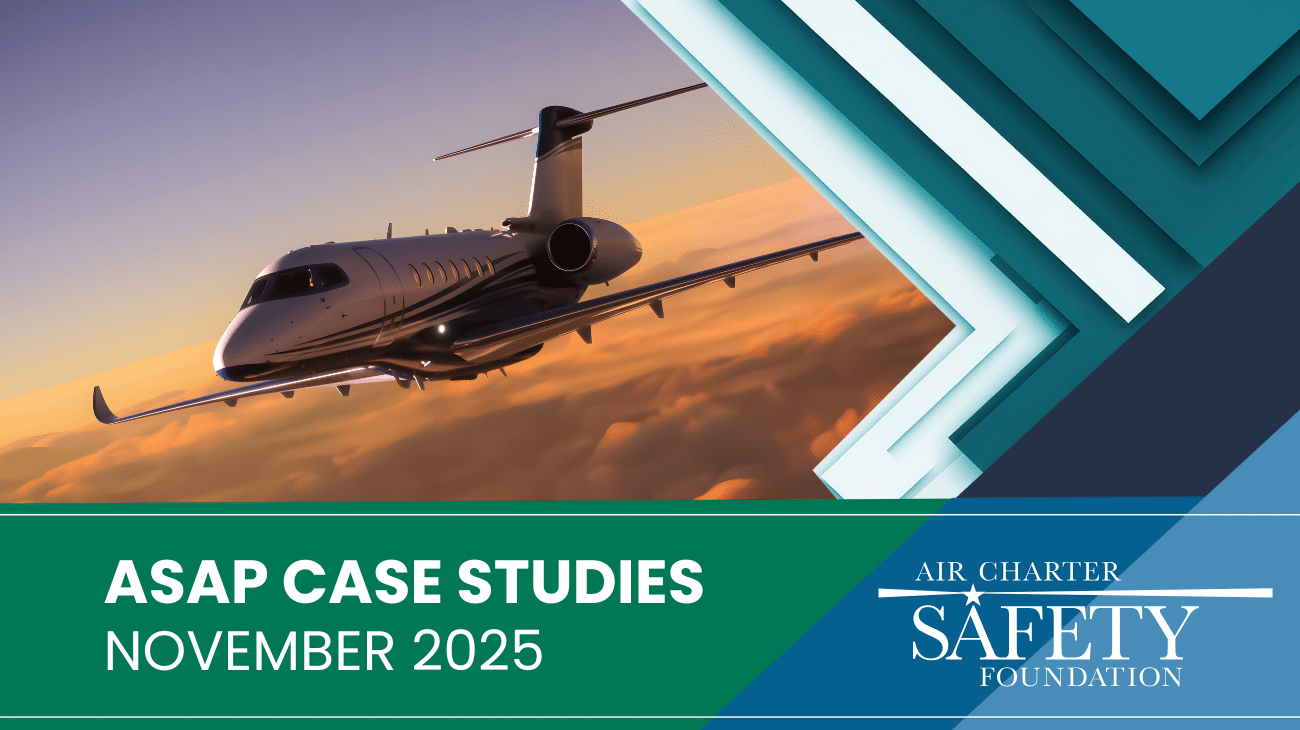Non-Compliance with CFRs, Policies/Procedures – Aircraft Registration
Pilots
I flew [tail number] for the first time 3/10/24 and on several instances after that date. I checked for flight documentation at the start of trips and failed to notice our registration copy had expired January 31, 2024. The aircraft was properly registered, and it has been found that the new card was not received and placed on the aircraft. It was found that the address listed for aircraft was our corporate headquarters and not our flight operations facility. Address is in process of being changed to correct location.
The issue was discovered during a SAFA manual audit by our international Captain. Contributing factors were changes to the Maintenance Director which could have led to not noting the missing card before the old one expired. Possible crew complacency due to always operating the same four airframes that are kept very well up to date. I should have checked every piece of documentation for presence and validity on every occasion. Moving forward, I will check the documents and dates with more scrutiny. Also, I will help establish a better auditing/ tracking process for our department as well.
Beginning on February 7th, 2024, I flew [tail number] several times with an expired registration card. The registration itself was renewed, but the new card never made it to the aircraft. I had verified that it was onboard but failed to notice the expiration date. The department was made aware of our oversight after a fellow crewmember performed a SAFA Manual Audit. Contributing factors include a new Director of Maintenance, a different address for [tail number] than our other aircraft, and that address was not our hangar. A new registration has been requested from the FAA. The actual registration with the FAA was valid the entire time and never lapsed.
Maintenance
During our annual audit of our SAFA manual, it was discovered that the registration card on the aircraft [tail number] had expired on Jan 31st. 2024. After reviewing our documentation and verifying that the registration was current and had been renewed through 1/31/2028. I contacted the local FSDO and spoke with [name] and asked for guidance on how to proceed moving forward. He stated that we should print a copy of the current registration off the FAA website and carry it along with the expired card. We have reached out to the registration branch in [city] to get a current card to replace the expired card in the aircraft. We also discovered that the mailing address for this aircraft is our main office and not the airport like the other aircraft. We believe this may be why we did not receive the new card in January. We have asked to have the mailing address changed on our new registration request to mitigate this oversight in the future. This aircraft has been flown multiple times by me and others in the department since being discovered on July the 3rd.
KEY ERC TAKEAWAYS:
- Sole source.
- Company investigation confirmed registration was still valid – A/C was registered to a different location and the card was potentially sent to different location.
- Event was briefed at pilot meeting – importance of verifying registration.
- ERC feels internal process does work.
- Company to look into more frequent audits to prevent this going forward.

Need to change your aircraft address? Click Here
3 Ways to Change Aircraft Address
- AC Form 8050-1
- Aircraft Owner Change of Address Notification Form
- Mail with following items listed:
- identity of the aircraft by N-Number
- manufacturer name
- model designation
- serial number
- new mailing address
- signature of the registered owner. Show the signer’s title and type or print the name of the signer with the signature.
Near Loss of Control of Aircraft – Ground
[Name] & I went out to preflight [tail number] at hangar D ramp. [name] did the inside and I inspected the outside. The exterior looked great, so I went inside and helped [name] with the flight plan and then I went back outside to talk to the fueler as he finished. There was only one line operator doing the fueling at hangar D ramp. As he finished, I told him as soon as I gave him the pull chocks signal, he is good to pull them. I shut the aircraft door and sat down in the seat, and then I looked at the parking brake to verify it was set and looked at the pressure on the accumulator and saw 300 psi and gave him the pull chocks signal. I had just buckled my seatbelt and was about to call for the before start checklist, and then the aircraft slowly rolled forward after the last main chock was removed and the aircraft rolled 2 feet before the right leading edge came in contact with the fuel truck.
As it was rolling, out of panic I kept actuating the parking brake, looking back that was not doing anything rather than just a panic reaction. I knew the accumulator gauge was lower than normal, but it wasn’t at zero, so I thought it had enough pressure to hold. I felt an external pressure to rush from the line guy because the main ramp was busy, and he was the only one over at our ramp.
Number 1, never rush for anyone, if you feel rushed take a step back and state to your other crew member, we’re going to hold here and take a few minutes to gain our composure.
Number 2, there’s no need to take a chance with the parking brake. Leave the aircraft in the chocks, start up the engines and then have them removed. From now on, I will never tell the line guys to pull chocks before the engines are started. I will never feel rushed again, we don’t rush for anyone. Safety above all.
KEY ERC TAKEAWAYS
- Crew debriefed and counseled.
- Captain was sent for re-training.
- Safety bulletin sent out to the pilot group.
- The aircraft returned to service.
Aircraft System/Equipment Malfunction – Engine
I was assigned as captain on [tail number] for a 135-flight departing JRA at approximately 12:00pm with 3 passengers heading to 87N. After departure we proceeded N/B towards CO-OP City as directed by ATC. While in a climb Northeast of KLGA we received an Engine Page warning message. Upon checking the gauges, it showed that Eng#2 oil pressure was low and fluctuating. I immediately leveled the aircraft at 2200ft. and slowed to 100KTS. We advised ATC of a possible malfunction and would like to turn direct to LGA. I continued to fly, and my co-pilot began to go through the emergency procedures checklist. While executing the checklist the oil pressure continued to decrease into the yellow and in addition the Eng#2 Fuel flow was showing erratic indications as well. In compliance with the emergency procedure, I proceeded to bring the #2 Eng to idle and complete the checklist. We declared an “Emergency” with ATC and announced our intentions to make an emergency landing at KLGA. I requested a hard surface to execute a Run-On landing. KLGA tower complied with our request, and we accepted “Bravo” Taxiway adjacent to RWY31. RWY 31 closed at the time.
We proceeded to execute a run-on landing without incident. After landing the #2 was shut down and we were able to ground taxi to parking with one engine. The aircraft was shutdown. The passengers were unloaded. Upon doing a walk around of the aircraft I observed the #2 Eng cowls and tail section covered with oil. All appropriate notifications were made, and we remained in position awaiting our maintenance team and further instructions.
KEY ERC TAKEAWAYS
- Investigation found that engine oil cap has been left open during maintenance inspection prior to flight.
- New guidance has been added to maintenance SOP, including having a 2nd employee verifying the oil cap after servicing.
- GOM changes have been submitted, in the process of being reviewed and accepted.
- Safety memo has been sent out to the pilot group.
Aircraft Warning/Message System – Speed Brakes & Pitch Trim Fail
Approximately an hour and a half out from our arrival in KHOU, we received a pitch trim normal fail. Initially, it was my leg as PF, but Captain assumed controls and from that point it was his leg as PF. I ran the QRH for the CAS message displayed. From that point, captain was hand flying as AP usage was inhibited per QRH. We were in pitch trim back up mode going forward. We notified ATC we were unable to use autopilot. Jacksonville center passed this information to Houston center. Descending into Houston we were told to maintain 300 knots. We had no issues until we were cleared for the RNAV 22. Weather was marginal, we were told to slow from 210 kts to 150kts.
Captain directed me to open the speed brakes. The speed brakes displayed a CAS message and indicated they remained closed on the MFD. we then advised ATC of the speed brake failure. When I loaded the approach, the GPS lagged, the picture froze and we went through the final approach course. Center gave us a heading and altitude to climb to. The captain began turning, and due to turbulence, climbing slowly and speed issues, we missed the initial heading given and climb too slowly for centers needs, We were given a heading to intercept the final approach course again, and the vector to final activated correctly the second time. The approach was completed with no issues. We configured, ran normal checklists, and were cleared to land. We landed and taxied to the FBO without further issue.
KEY ERC TAKEAWAYS
- Several systems failure.
- Parts have been replaced and aircraft returned to service with no issues since.
- Excellent job by the crew.





